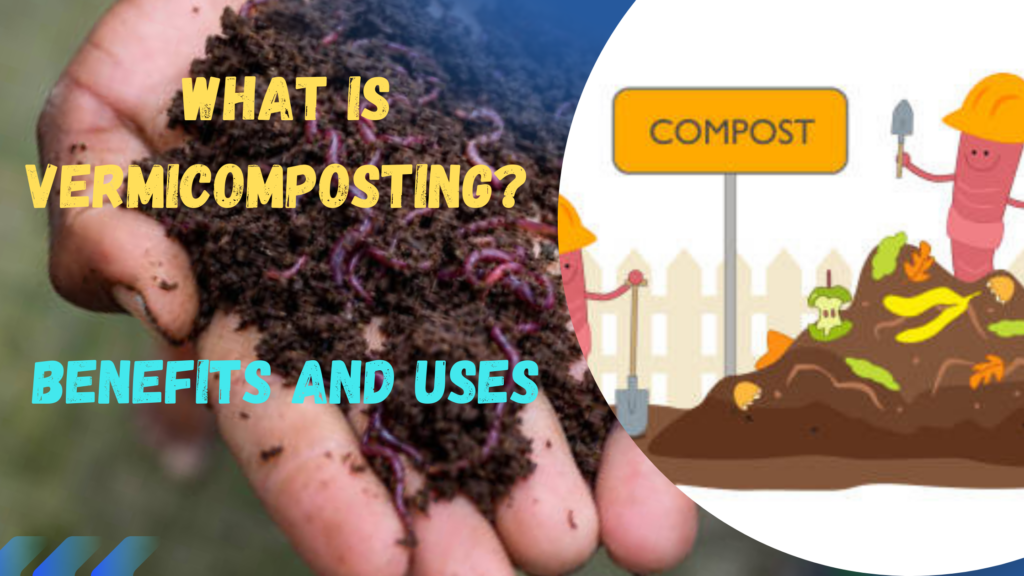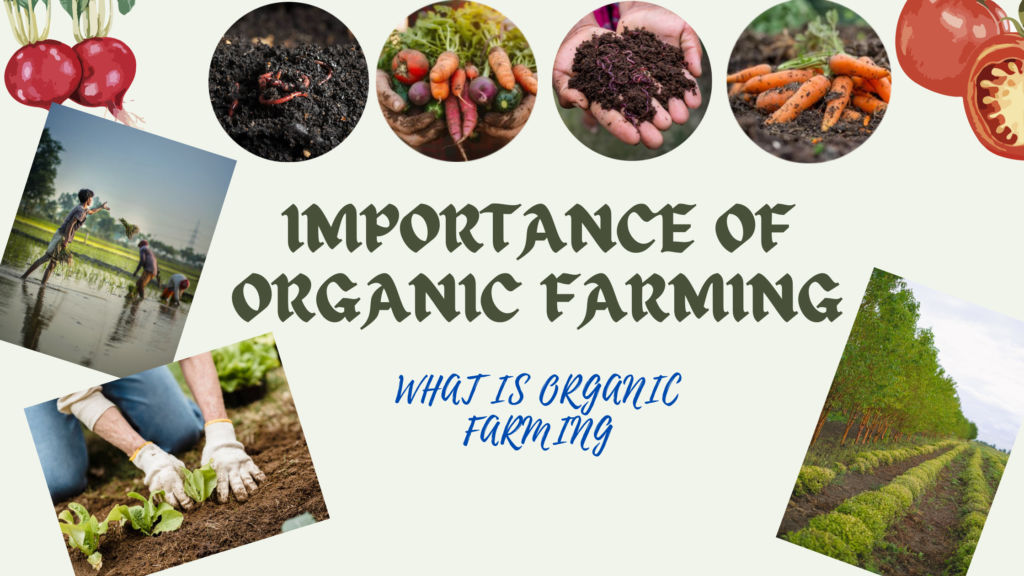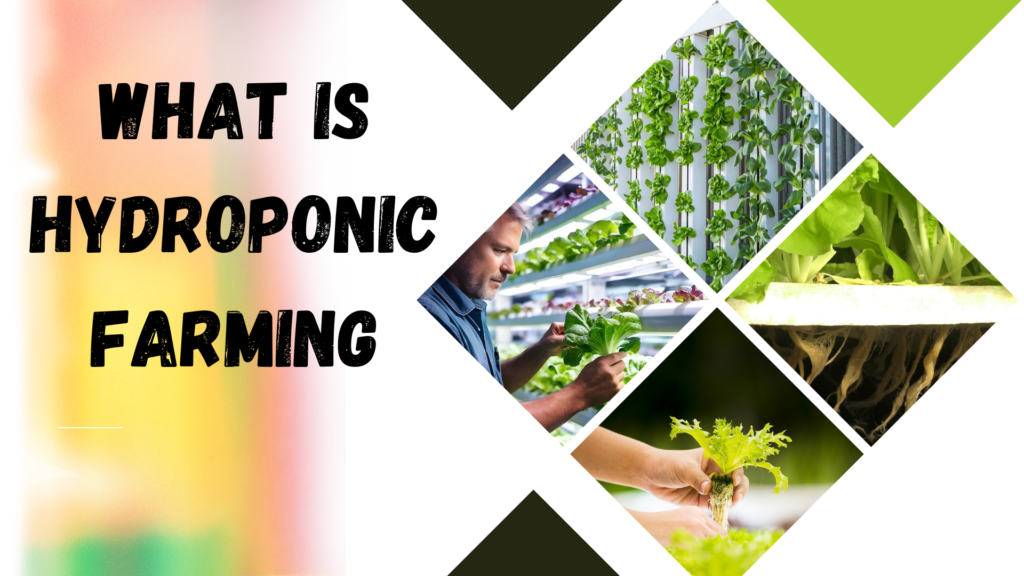In a world where sustainability and environmental stewardship are becoming increasingly important, vermicomposting stands out as a simple yet powerful solution for turning organic waste into nutrient-rich compost. Not only does this method help reduce landfill waste, but it also enriches your garden soil, leading to healthier plants and a more vibrant garden. If you’re curious about vermicomposting and how it can benefit you, read on to discover the magic of these incredible worms.
What Is Vermicompost?
Vermicomposting is a process of composting organic waste using worms, primarily red wigglers (Eisenia fetida), which break down food scraps and other organic matter into rich, dark compost. This compost, known as vermicomposting or worm castings, is a valuable soil amendment that improves soil structure, fertility, and overall plant health.
How Does Vermicomposting Work?
The process of vermicomposting involves several key steps:
- Setting Up a Worm Bin: To start vermicasting, you need a worm bin or composting system. These can be purchased or homemade from materials like plastic storage containers or wooden boxes. The bin should have proper ventilation and drainage to keep the worms healthy.
- Preparing the Bedding: The worms need a suitable environment to thrive. Bedding materials, such as shredded newspaper, cardboard, or coconut coir, provide a comfortable habitat and absorb excess moisture. This bedding should be moistened before adding the worms.
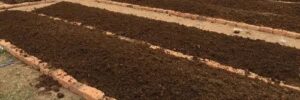
- Adding the Worms: Red wigglers are the best species for vermicasting due to their voracious appetite for organic matter. These worms will consume the food scraps and bedding, digesting them and turning them into valuable compost.
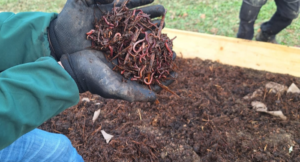
- Feeding the Worms: Worms eat a variety of organic materials, including fruit and vegetable scraps, coffee grounds, eggshells, and paper products. Avoid adding meat, dairy, or oily foods, as these can create unpleasant odors and attract pests.
- Maintaining the Bin: Regularly monitor the moisture levels, temperature, and ventilation of the bin. The bedding should remain damp but not soggy, and the temperature should be kept between 55-77°F (13-25°C) for optimal worm activity.
- Harvesting the Compost: After several months, the worms will have processed the organic matter into dark, crumbly compost. This vermicomposting can be harvested by separating it from the remaining bedding and worms, which can be returned to the bin for continued composting.
The Benefits of Vermicomposting
- Nutrient-Rich Soil Amendment: Vermicompost is rich in essential nutrients and beneficial microorganisms that enhance soil fertility. It improves soil structure, promotes healthy root development, and boosts plant growth.
- Waste Reduction: By diverting food scraps and organic waste from landfills, vermicomposting helps reduce greenhouse gas emissions and decreases the overall environmental impact of waste disposal.
- Improved Soil Health: The microorganisms found in vermicasting help break down organic matter in the soil, improving its texture and water-holding capacity. This leads to better plant health and increased resilience to pests and diseases.
- Cost-Effective: Creating your own compost at home saves money on store-bought fertilizers and soil amendments. Plus, it’s a satisfying and eco-friendly way to recycle waste.
- Educational Opportunity: Vermicomposting offers a hands-on learning experience for individuals and families. It teaches valuable lessons about recycling, sustainability, and the role of worms in the ecosystem.
Getting Started with Vermicomposting
If you’re eager to try vermicomposting, here are a few tips to help you get started:
- Choose the Right Bin: Select a bin size that fits your needs and available space. Ensure it has proper ventilation and drainage to keep the worms healthy.
- Start Small: If you’re new to vermicasting, start with a small bin and a modest amount of food scraps. As you gain experience, you can scale up and add more worms.
- Monitor and Adjust: Pay attention to the condition of your worm bin. Adjust moisture levels, feeding practices, and ventilation as needed to maintain a healthy environment for the worms.
- Use High-Quality Bedding: Ensure the bedding is free of chemicals and contaminants. Shredded paper, cardboard, and coconut coir are excellent choices.
- Be Patient: vermicasting takes time. It may take several months before you see the finished compost, but the results are well worth the wait.
Conclusion
Vermicomposting is a simple yet effective way to turn kitchen scraps and organic waste into valuable compost, enriching your garden soil and promoting a more sustainable lifestyle. By harnessing the power of earthworms, you can reduce waste, improve soil health, and enjoy the satisfaction of nurturing a thriving garden.
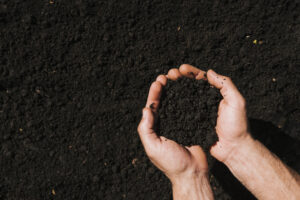
Whether you’re a seasoned gardener or a curious beginner, vermicomposting is a rewarding and eco-friendly practice that benefits both your plants and the planet. So grab a bin, add some worms, and start composting—your garden will thank you!
Feel free to share your experiences or ask questions about vermicomposting in the comments below. Happy composting! 🌱🪱
If you too want to learn about hydroponic farming and get valuable tips, visit https://farming.org.in/what-is-hydroponic-farming/
